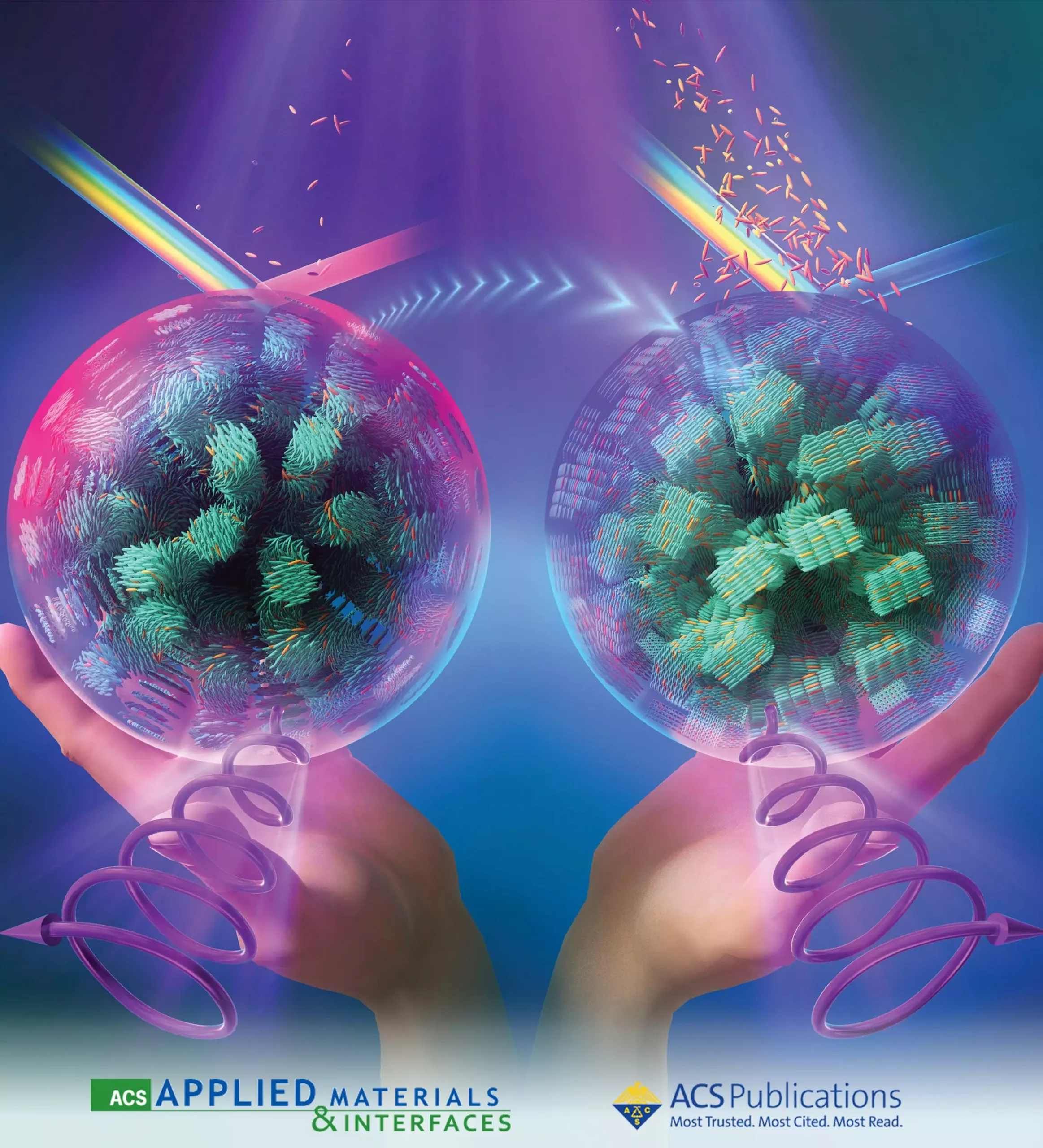Counterfeiting has been a longstanding issue for high-value goods, important documents, and sensitive products. In recent years, there has been a growing need for more advanced and secure anti-counterfeiting measures to protect these items. A research group from Nagoya University has developed a groundbreaking approach to creating anti-counterfeiting labels using fluorescent cholesteric liquid crystals (FCLCs).
Traditionally, cholesteric liquid crystals (CLCs) have been used in anti-counterfeiting labels. However, the research group has enhanced the security of these labels by adding fluorescent dyes to produce FCLCs. The addition of fluorescent dyes causes the helical structure of the crystals to twist, known as chirality, which determines how the crystals reflect light and produces a specific “light signature”. This unique technology allows for the creation of labels with almost impossible-to-counterfeit security features.
The FCLCs appear as solid colors under normal light, but when viewed through a circular polarizer, hidden features emerge, revealing intricate details that serve as a primary security layer. In addition, the FCLCs can include components that respond only to ultraviolet light, offering a secondary verification method. This dual-layer security significantly enhances the protection offered by existing CLC-based anti-counterfeiting tags.
The unique iridescent colors of FCLCs shift depending on the concentration of chiral dopant and the polarization of the light source, adding another layer of complexity for counterfeiters attempting to replicate the labels. By adjusting the concentration of the chiral dopant, the researchers have fine-tuned the material to reverse the direction of circular polarization, making it even more challenging for counterfeiters.
The development of FCLCs with both circularly polarized structural color and circularly polarized luminescence marks a significant milestone in the field of anti-counterfeiting technology. This innovative approach holds tremendous potential for securing high-value goods and protecting sensitive products from forgery. In the future, this technology could evolve to include additional security features, such as QR codes that become visible only under polarized light or passwords that appear under UV light.
With these advancements, FCLCs could soon become an integral part of the security protocols for various industries, offering an unparalleled defense against counterfeiting and ensuring the integrity of high-value products. The innovative approach developed by the research group at Nagoya University has paved the way for a new era in anti-counterfeiting technology.


Leave a Reply